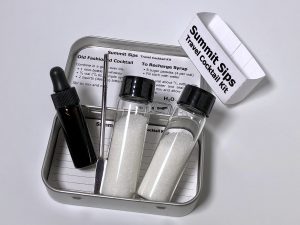
Mai Tai
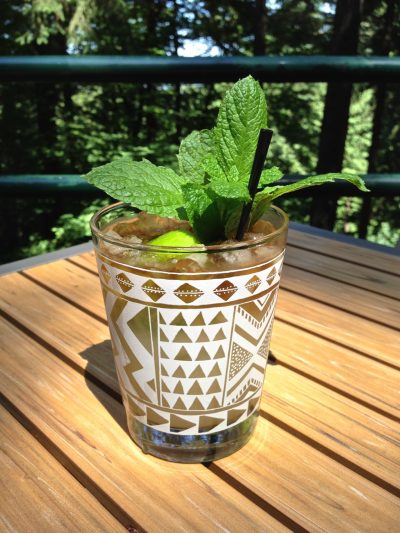
This week we are featuring a cocktail that has been a long time coming and usually ranks as a favorite among cocktail enthusiasts. Actually, we posted the original recipe for this cocktail last year, but this version is a little more accessible. In fact, it includes one of the first homemade ingredients we ever made. Once you’ve whipped up a batch of special syrup, you can finally mix the Drink Of The Week, the delicious Mai Tai.
Trends come and go, and this was certainly the case with the Polynesian tiki craze of the 1950s. However, in the current mixolgy movement there is plenty of room for tropical cocktails, and with so many rums and other ingredients available, tiki culture is bigger than ever! And why shouldn’t it be? Tiki cocktails are among the most complex, most ambitious, and most flavorful concoctions out there. Multiple rums in one drink, unusual homemade syrups, fruit juices and exotic garnishes are all part of the game—but with all of these options both old and new, the Mai Tai is still the big kahuna.
It was created in 1944 by Victor J. Bergeron at his restaurant in Oakland, California. The story goes that upon serving it to some friends from Tahiti, one of them exclaimed, “Maita’i!” which meant, “out of this world!”. The name stuck, but the story itself is sometimes disputed. Nevertheless, “Trader Vic” is usually credited with the drink’s invention. Yet, as the Mai Tai grew in popularity, its recipe seemed to be different everywhere you would go. As visitors returned from California and requested the Mai Tai at their local watering hole, bartenders had no idea where to begin. Patrons would describe the cocktail as orange brown, a little sweet, tangy—exotic. It had rum, to be sure, but what were the other flavors? Not wanting to disappoint a customer, bartenders all over the world were attempting to recreate the Mai Tai using everything from pineapple juice to grenadine. Even to this day, with the original no longer a secret, bars rarely get it right, and books often have different recipes.
The key to making a good Mai Tai is measuring the ingredients—balance is as important as it is with any cocktail. However, the inconsistency stems from the ingredients themselves. Rum and lime juice are easy enough, and so is orange curaçao and simple syrup. But up until a few years ago, not many people had any idea where to find orgeat.
Orgeat (pronounced OR-zhät, with the “g” sounding like the “z” in Zsa Zsa Gabor) is a milky syrup flavored with almonds and orange blossom water (or sometimes rose water). You might remember that we used orange blossom water in the Ramos Gin Fizz a while back. That same floral aroma is mixed with what is essentially sweetened almond milk to create an intoxicating syrup. It’s this syrup that gives the Mai Tai its magical and exotic flavor. You simply can’t make the original Mai Tai without it. And what about pineapple juice? Orange juice? Grenadine? You won’t find them in this version. If your notion of a Mai Tai consists of a fruit juice medley, you aren’t making the original. Sure, all of those things can be really good together, but the only juice we will be using is lime, and until you’ve tasted this relatively basic version with orgeat, you’ve been missing out. Click here for instructions for how to make orgeat.
Mai Tai – The Original Trader Vic Formula, 1944
2 oz rum
1 oz fresh lime juice
.5 oz homemade orgeat syrup
.5 oz orange curaçao
.25 oz simple syrup (1:1)Add all ingredients to a shaker. Add plenty of crushed ice and shake until chilled. Pour everything into a lowball or a Tiki glass and garnish with an inverted lime shell and a sprig of fresh mint.
Once you have your homemade orgeat syrup, it’s time to make a Mai Tai. The original 1944 recipe specifies 17-year-old J. Wray & Nephew rum, but that’s not exactly easy to find. With so many rums out there, it might be hard to choose a substitute until you get really familiar with the differences. Some folks even insist that the best Mai Tai comes from a combination of different rums, but let’s not take this too seriously. Don’t try to make one of these using only blackstrap or one of those flavored rums. Let’s keep it simple to start out and say you should use your favorite (or whatever rum you happen to have).
Mint is the traditional garnish, as is the empty shell of a juiced lime, but you can get fancy and add an orchid or nasturtium flower. Also, yours might not be as dark because this one has a nice “float” of dark rum on top. We like to add a float using blackstrap rum. Don’t mix it into the drink. That way, as you sip through a straw the ice melts, and by the time you get toward the end, the rum float starts to add more flavor to counter the dilution.
Making a Mai Tai takes a little more effort than a lot of cocktails, but there’s plenty of tiki drinks that are a lot more complicated (try to find Don the Beachcomber’s Mai Tai recipe!). After your first sip, you will agree that it was worth the effort. Once you have a batch of orgeat, you’ll start finding other ways to use it, too. The Japanese cocktail is a popular one, as is the Fog Cutter. You can also pour a little orgeat into your morning coffee for a nice treat!
From The Shop:
Recommended:
You Might Also Like:
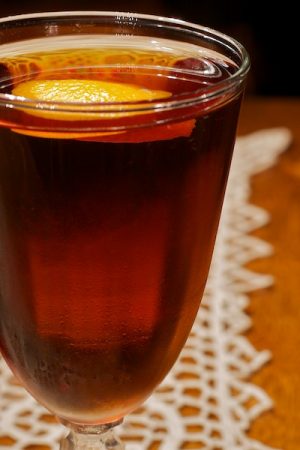
Anodyne

Margarita
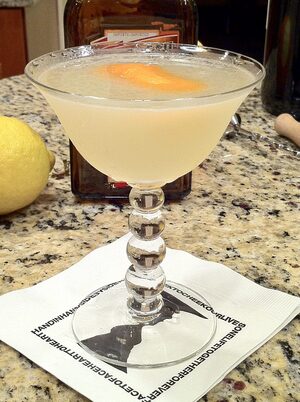
Corpse Reviver #2
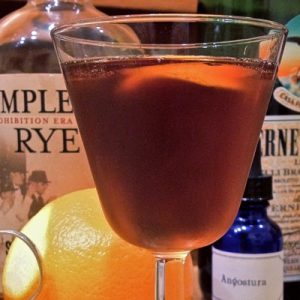
Toronto
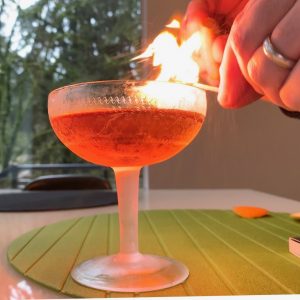
Jaguar
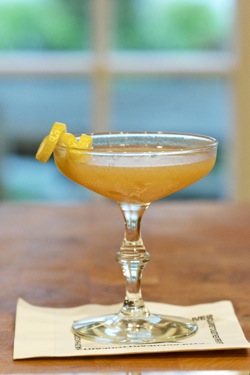
Japanese

Chestnut Cup
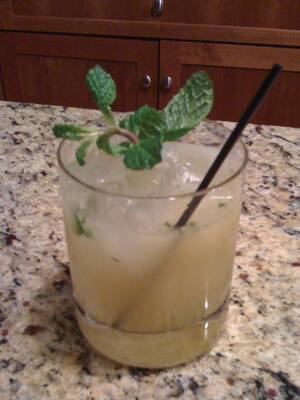
Whiskey Smash
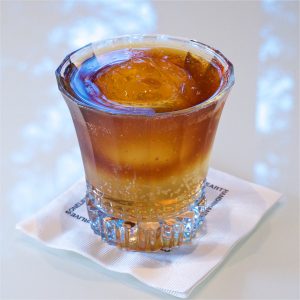
Cold Brew & Tonic
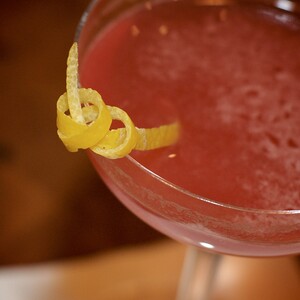
The Scofflaw
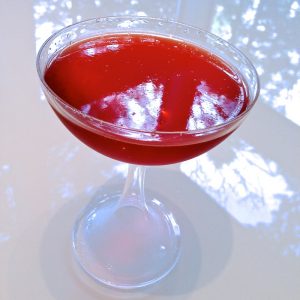
Eeyore’s Requiem

20th Century Cocktail
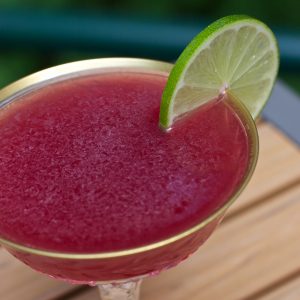
Sea of Cortez

Death in the Gulf Stream

Drink with No Name: The Harrington
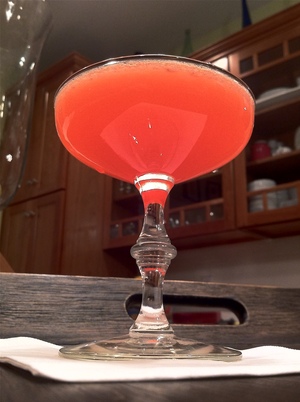
Paper Airplane

Stinger

Cranston

Fernelderwood

Basil Oil Garnish
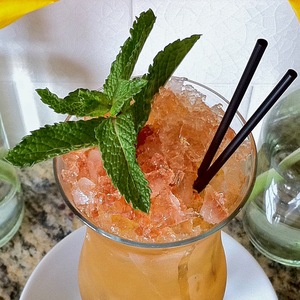
Queen’s Park Swizzle
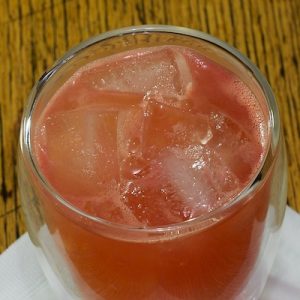
Saw Tooth
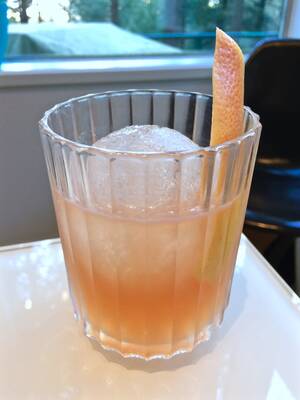
Bicycles & Baskets
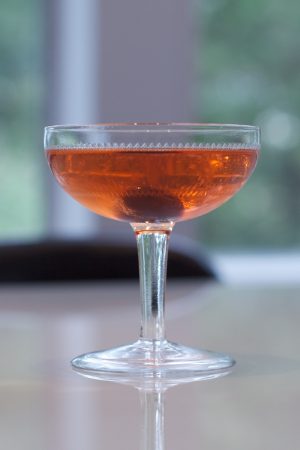
Metropole

Breakfast Collins
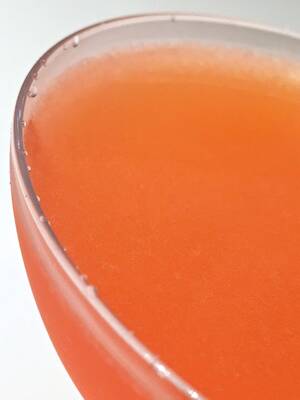
Naked and Famous
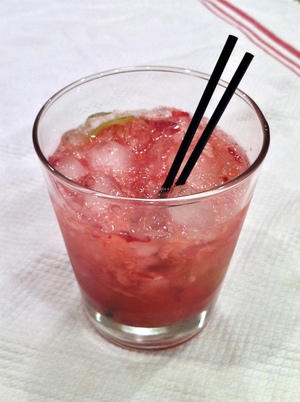
Cherry Caiprissima
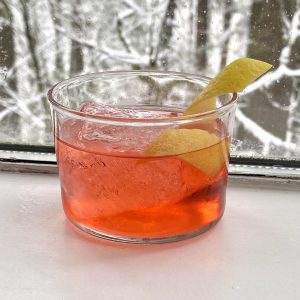
Jalisco Stroll

Communist
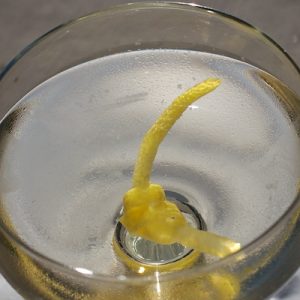
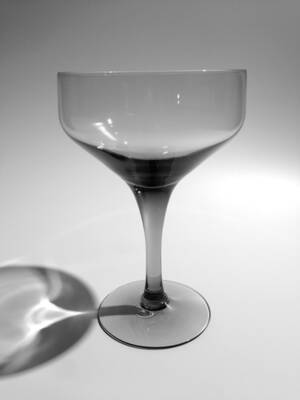

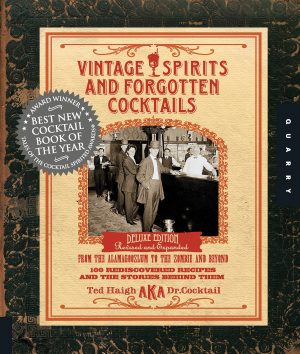
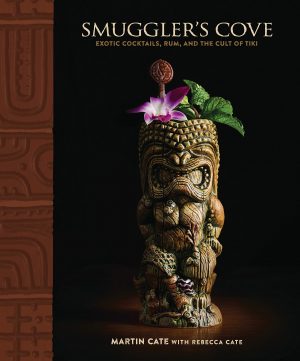

Thanks for the recommendation Randy. This one is a keeper.
In addition D. is going to use the left over almonds from orgeat syrup for a praline ice cream creation. We’ll let you know how it turns out.
John
Glad you enjoyed the Mai Tai. It’s hard not to reach for the orgeat all the time when whipping up a tropical refreshment. Perhaps there is a Fog Cutter in your future!
I am very curious about the ice cream. Way to recycle those ‘used’ almonds!
The ice cream was spectacular. D has a cinnamon ice cream recipe that used to be my favorite. The praline bumped it off its pedestal. It’s my new number one.
Of course, the only problem with using up the almonds in ice cream is that we have a large number of left over egg whites… did someone say “whiskey sour?”
Ah, the circle of life. ;)
The sour is a good solution, or a Ramos Gin Fizz!
Hi ! I am about to make some orgeat syrup, and when I have made it earlier I have always used some bitter almonds ( 50 g ) and 150g of regular almonds, and I wonder if you think this is ok, evidentlybitter almonds are called white almonds in English, and they are used in this receipe:
http://fxcuisine.com/default.asp?language=2&Display=26&resolution=high
They have a very distinct bitter flavor, and I would imagine the orgeat syrup turns out very differently whether you use them or not.
I think everyone loves the orgeat recipe from the FXCuisine site, not to mention the gorgeous photos that accompany it. I make mine like I cook food, taking a bit of technique from a variety of sources. I have no doubts that you can produce good results by following either method, and if bitter almonds are available, by all means, use them.. Most of us cut corners where we can and use what we have available.
Hi Randy ! I have just finished making the orgeat , and the color when using unblanched almonds is much darker than usual, but I bet it still tastes great. I will try some tomorrow or maybe on Christmas day.
You are right about the color. It’s also darker I you use raw sugar instead of refined white sugar, but it still tasts great! Click the orgeat tag for more recipes. Good stuff.
Delicious! I’ve made orgeat before (for Scorpions), but this recipe is much easier than the one I used previously. Mai Tais very popular this summer at my house.
Scorpions, BTW make a great summer punch. I make batches in an old “Arctic Boy” cooler to take to parties.
That sounds like a great idea! It’s probably time to feature the Scorpion as the drink of the week.
I use the first recipe on this page: http://www.tikiroom.com/tikicentral/bb/viewtopic.php?topic=626&forum=10 Double up. Big cooler with lots of ice. The only downside is everyone asking “What’s in this?” I need to print up cards that explain it all, especially the orgeat.
There’s a bunch of recipes on that forum. Are you using gin? The white wine? I am leaning toward featuring it as it appears in Beachbum Berry’s Grog Log which omits both when using lemon, but has gin when with lime. Seems like some experimenting is in order.
I use the first recipe listed on that forum page, by “woofmutt”, “Vic’s recipe as published in 1946”, with the white wine & gin.